studio
Via dell’Annunciata 27
20121 Milano Italy
contacts italy
+39 02 36743985
info@studiob612.com
contacts USA
Jeff Fisher
j.fisher@studiob612.com
Phoenix, Arizona
Lighting design is the means through which b612 architecture studio defines projects and creates places.
Our idea of lighting design not only concerns the creation of settings, but also incorporates broad knowledge of technical aspects. Lighting design often requires us to design brand new lighting fixtures, both decorative and technical, to turn our vision into reality.
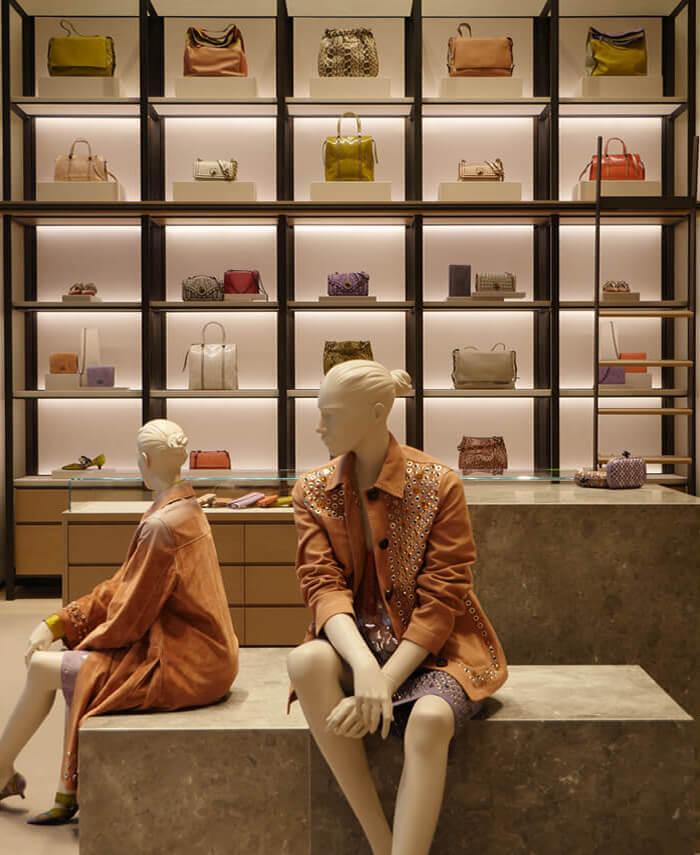
b612 architecture studio focuses on designing concepts that can be implemented in different countries, ensuring they are coherent and scalable, in order to meet the needs of retail.
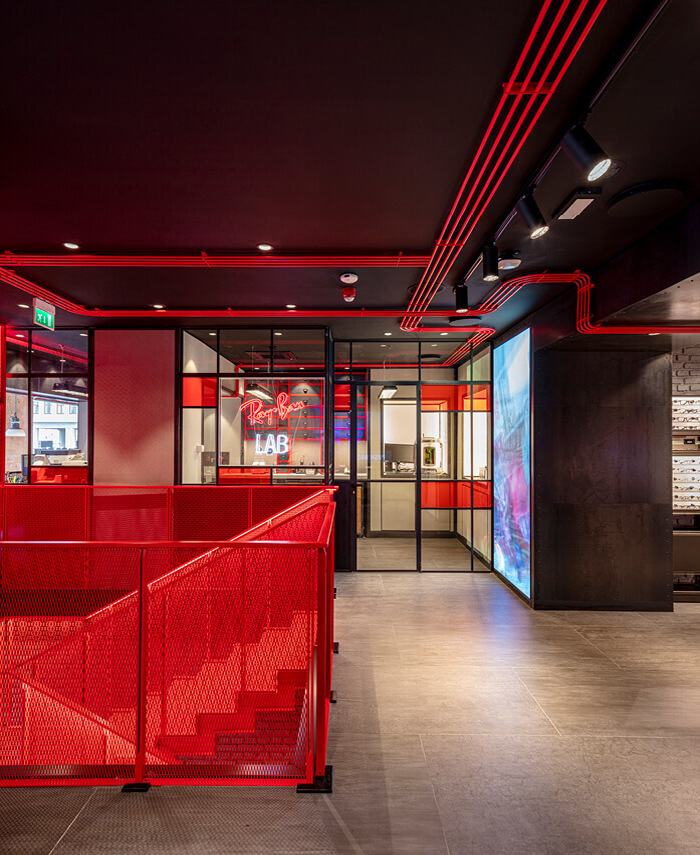
Designing experiences means modulating spaces and volumes with materials, lights and context, always considering what kinds of sensations will come up when walking through our buildings. Where the eye will be drawn and how perceptions will be different from time to time. We always try to ensure our projects engage people in different ways and on different levels, creating captivating experiences.
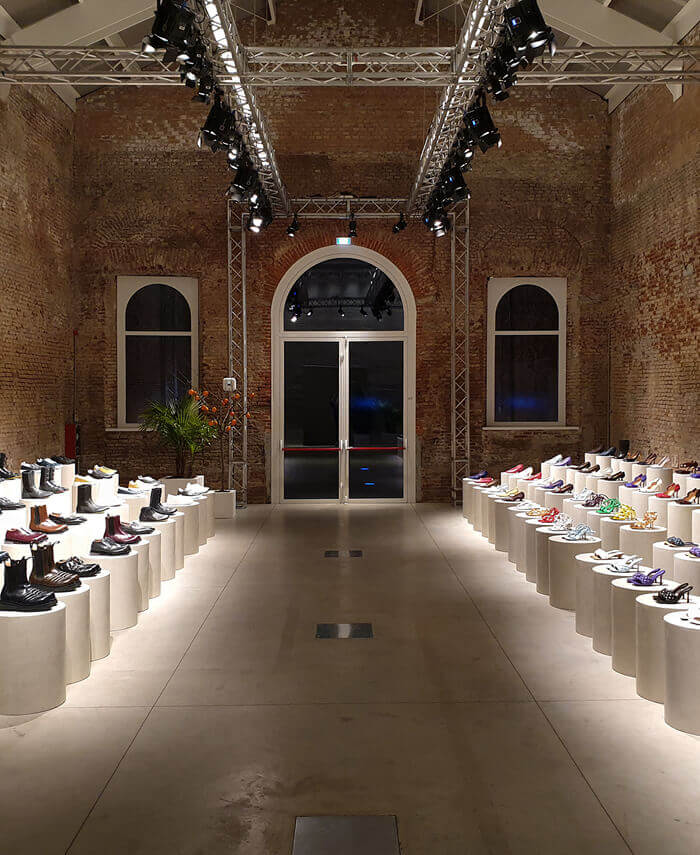
Domestic spaces, work spaces, private spaces or public spaces: b612 architecture studio focuses on finding the perfect balance among sensory, functional and technological components within each project. Studying details allows us to carefully modulate the interface between architecture and people.
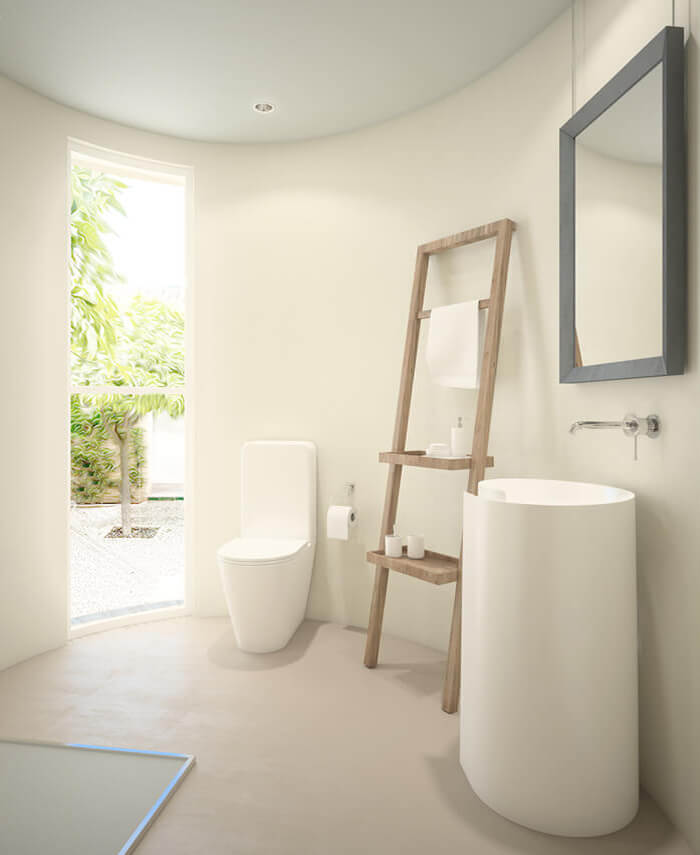

The b612 architecture studio team is always pushing to discover something new, without being confined or boxed into one field, but rather roaming as freely as possible between all that we personally or professionally care about. The individuality, inclinations and interests of each person become fuel for the team’s ideas.
In addition to the underlying concept, each project is also shaped by the way we envision design. A design method should adapt to each project, to each idea, and not the other way around. To us, methodology is a spark, a springboard from which to see things from a different perspective, a way to consider each project from multiple points of view, shaping it in its unique identity instead of forcing it into a predefined style.
Then, during the design phase, our research focuses on topics necessary for the complete development of the project. To us, this means having a comprehensive view of the whole process and its requirements, with insight coming from multiple fields. Our research lets us control all components and, in particular, every detail of a given project.
Hence the importance we give to details, or rather, how details work together. Our approach to the design process never takes place through a mere succession of increasingly detailed scales. Even the first drawing in a project already contains all considerations on detail, on how something will be done, because ensuring the feasibility of each idea is of paramount importance to us. We also know the extent to which details shape the final appearance of each project. This is why the ability to adapt the design ‘to scale’ are already present from the beginning, contributing to a harmonious final design.
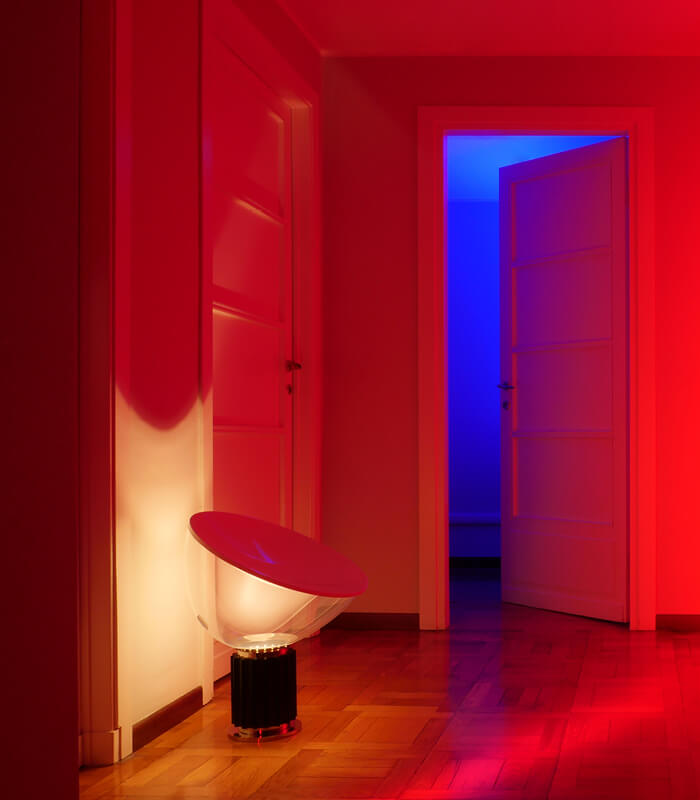
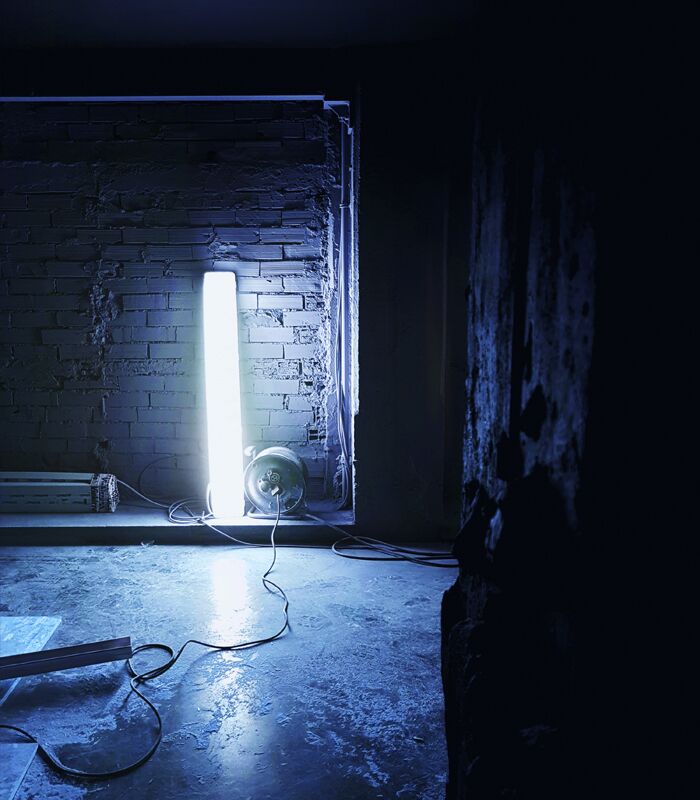
Because that is what architecture is all about and what an “integrated project” means to us. The ability to shape spaces and volumes, to calibrate light while balancing it with materials and functions is what allows us to create the settings of daily life, which must consider all components simultaneously. This approach leads to harmonious development, avoiding the incorrect, or at least fallacious, process of merely joining parts at a certain moment of the process.
We always keep in mind that tensions between the project’s different components are what actually shape it, both from a functional and an aesthetic point of view. The whole process is therefore not linear but requires a continuous verification of the relationships between the various components, in a more integrated—rather than hierarchical—way.